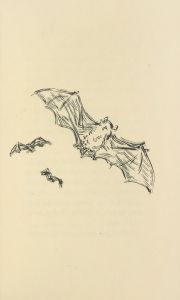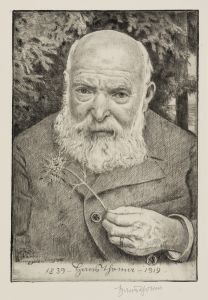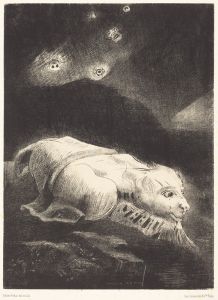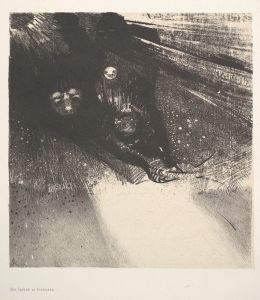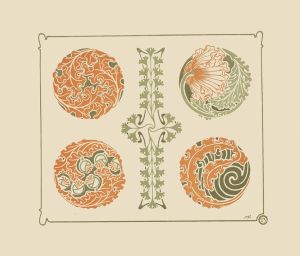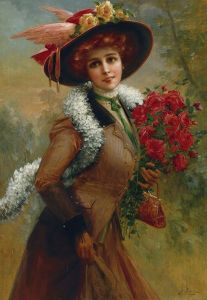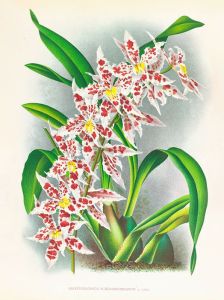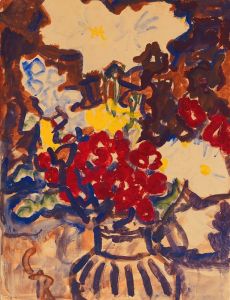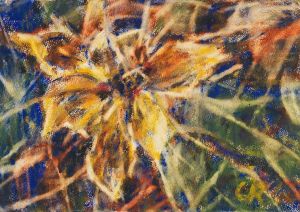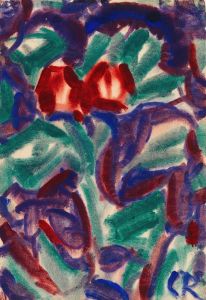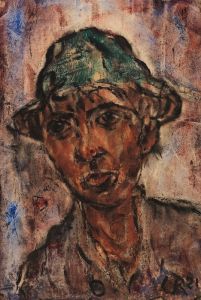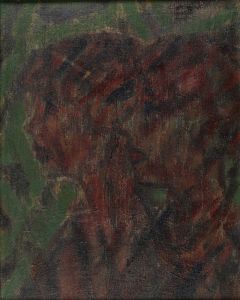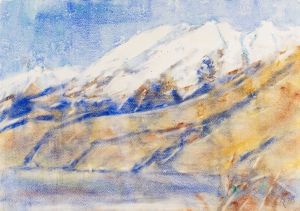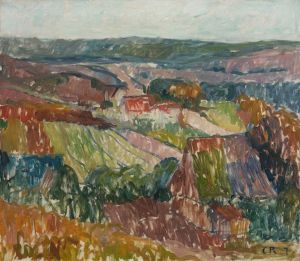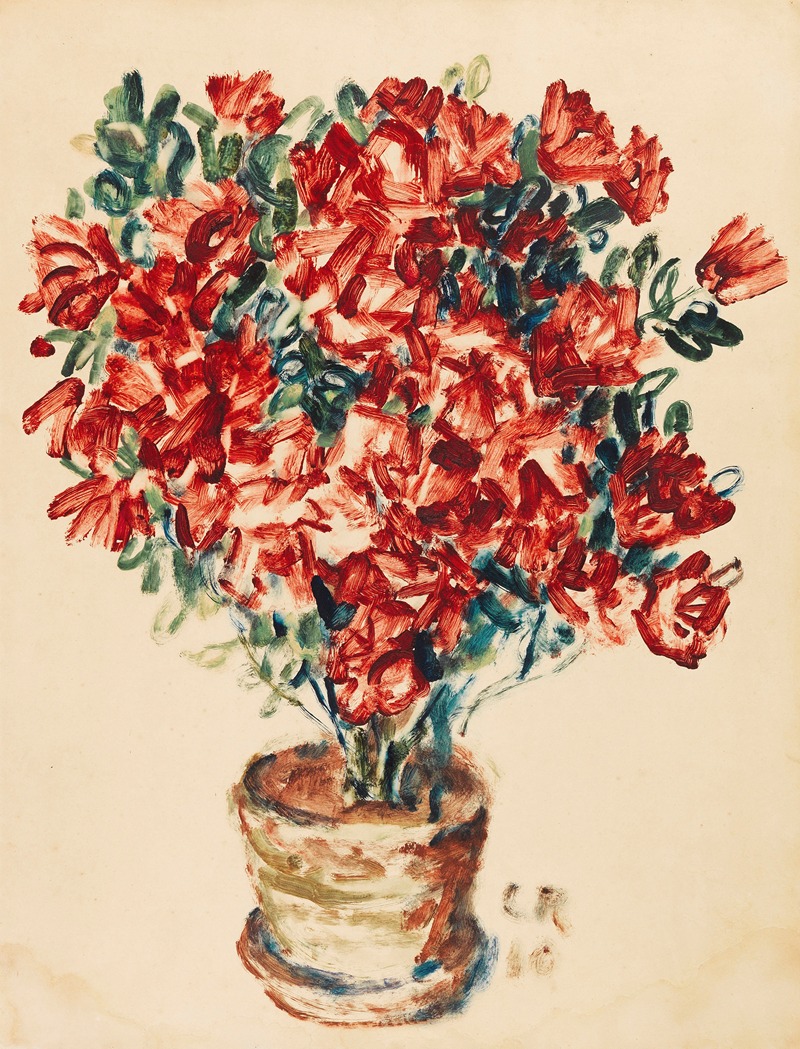
Azalee
A hand-painted replica of Christian Rohlfs’s masterpiece Azalee, meticulously crafted by professional artists to capture the true essence of the original. Each piece is created with museum-quality canvas and rare mineral pigments, carefully painted by experienced artists with delicate brushstrokes and rich, layered colors to perfectly recreate the texture of the original artwork. Unlike machine-printed reproductions, this hand-painted version brings the painting to life, infused with the artist’s emotions and skill in every stroke. Whether for personal collection or home decoration, it instantly elevates the artistic atmosphere of any space.
Christian Rohlfs was a prominent German painter, known for his contributions to Expressionism. Born on December 22, 1849, in Groß Niendorf, Germany, Rohlfs initially studied at the Grand Ducal Saxon Art School in Weimar. His early work was influenced by Impressionism and Post-Impressionism, but he later became associated with the Expressionist movement, which is characterized by its emphasis on representing emotional experiences rather than physical reality.
"Azalee" is one of Rohlfs' works that reflects his mature style, which often incorporated bold colors and dynamic compositions. While specific details about the painting "Azalee" are limited, it is known that Rohlfs frequently drew inspiration from nature, and flowers were a recurring subject in his oeuvre. His floral paintings are celebrated for their vibrant use of color and expressive brushwork, capturing the essence and vitality of the natural world.
Rohlfs' approach to painting was deeply influenced by his exposure to various art movements throughout his career. In the early 20th century, he became associated with the Brücke group, a collective of German Expressionist artists. This connection further solidified his transition from Impressionism to Expressionism, allowing him to explore more abstract and emotive forms of art.
Throughout his career, Rohlfs faced numerous challenges, including health issues that affected his ability to work. Despite these obstacles, he remained dedicated to his craft, producing a significant body of work that includes landscapes, portraits, and still lifes. His paintings are characterized by their emotional intensity and innovative use of color, which have earned him a lasting place in the history of modern art.
Rohlfs' contributions to the art world were recognized during his lifetime, and he received several accolades for his work. In 1929, he was awarded an honorary doctorate from the University of Kiel, acknowledging his impact on the art community. However, his career was not without controversy. In 1937, the Nazi regime condemned his work as "degenerate art," and many of his paintings were removed from German museums. Despite this setback, Rohlfs continued to paint until his death on January 8, 1938, in Hagen, Germany.
Today, Christian Rohlfs is remembered as a pioneering figure in Expressionism, and his works are held in high regard by art historians and collectors alike. His paintings, including "Azalee," continue to be exhibited in museums and galleries around the world, offering viewers a glimpse into the emotional depth and artistic innovation that define his legacy. While specific information about "Azalee" may be limited, it remains an important part of Rohlfs' body of work, exemplifying his mastery of color and form in capturing the beauty of the natural world.





